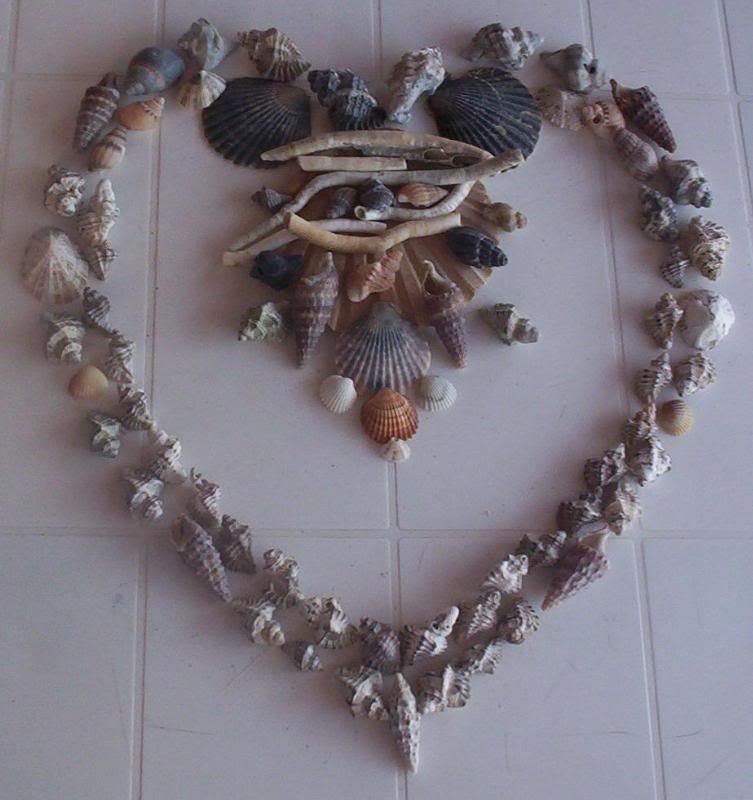Post by braided-rug on Jun 23, 2007 12:06:23 GMT 10
"Centella Asiatica, Gotu kola
This may help reduce inflammation. Make sure you have the correct herb- there are several that look similar. Stop at once if any side effects occur. But again- ask your doctor first!!!!!!
How to grow gotu kola:
Gotu Kola, Indian ginseng, Wild pennywort, Pennyweed (Centella asiatica)
Perennial
This is a round leafed creeping herb with deep purple flowers and kidney shaped leaves. In wet areas the leavesgrow are large as a penny; in dry areas the plantprodeuces small pale leaves and many roots. Gotu kola is a wild as well as a culitivated plant, similar to Dichondra repens, which has rough hairy leaves (run your tongue over them), native violet Viola hederacea which has very glossy leaves, and coast pennywort Hydrocotle bonariensis which has round leaves.
Needs: Gotu kola needs moist soil and semi-shade though it will grow, but not thrive, dry soil in full sun. The better the soil the larger the leaves. It will grow in a sheltered spot in cold areas and vigorously in subtropical or tropical areas, where it an be an excellent ground cover for a damp place.
Propagation: Gotu kola seed can be sown in spring or autumn, but is usually grown from divisions and plants grow quickly in the right conditions.
Harvest: Pick the leaves as soon as they are large enough. Young leaves aren't so bitter.
Medicinal Use: Gotu kola has a long history of use in Asian medicine, and may have been used by north Australian aborigines in poultices and washes. It is currently popular as a possible alleviating herb for arthritis. If you decide to use it the usual dose is one to two fresh leaves once a day. Large amounts MAY be carcinogenic. Do not take while pregnant. May interfere with other medications. Only take under medical supervsion!!!!!!!!!"
From: www.jackiefrench.com/june03.html
www.theage.com.au/news/epicure/the-choy-of-going-green/2006/05/29/1148754904778.html
This may help reduce inflammation. Make sure you have the correct herb- there are several that look similar. Stop at once if any side effects occur. But again- ask your doctor first!!!!!!
How to grow gotu kola:
Gotu Kola, Indian ginseng, Wild pennywort, Pennyweed (Centella asiatica)
Perennial
This is a round leafed creeping herb with deep purple flowers and kidney shaped leaves. In wet areas the leavesgrow are large as a penny; in dry areas the plantprodeuces small pale leaves and many roots. Gotu kola is a wild as well as a culitivated plant, similar to Dichondra repens, which has rough hairy leaves (run your tongue over them), native violet Viola hederacea which has very glossy leaves, and coast pennywort Hydrocotle bonariensis which has round leaves.
Needs: Gotu kola needs moist soil and semi-shade though it will grow, but not thrive, dry soil in full sun. The better the soil the larger the leaves. It will grow in a sheltered spot in cold areas and vigorously in subtropical or tropical areas, where it an be an excellent ground cover for a damp place.
Propagation: Gotu kola seed can be sown in spring or autumn, but is usually grown from divisions and plants grow quickly in the right conditions.
Harvest: Pick the leaves as soon as they are large enough. Young leaves aren't so bitter.
Medicinal Use: Gotu kola has a long history of use in Asian medicine, and may have been used by north Australian aborigines in poultices and washes. It is currently popular as a possible alleviating herb for arthritis. If you decide to use it the usual dose is one to two fresh leaves once a day. Large amounts MAY be carcinogenic. Do not take while pregnant. May interfere with other medications. Only take under medical supervsion!!!!!!!!!"
From: www.jackiefrench.com/june03.html
www.theage.com.au/news/epicure/the-choy-of-going-green/2006/05/29/1148754904778.html





